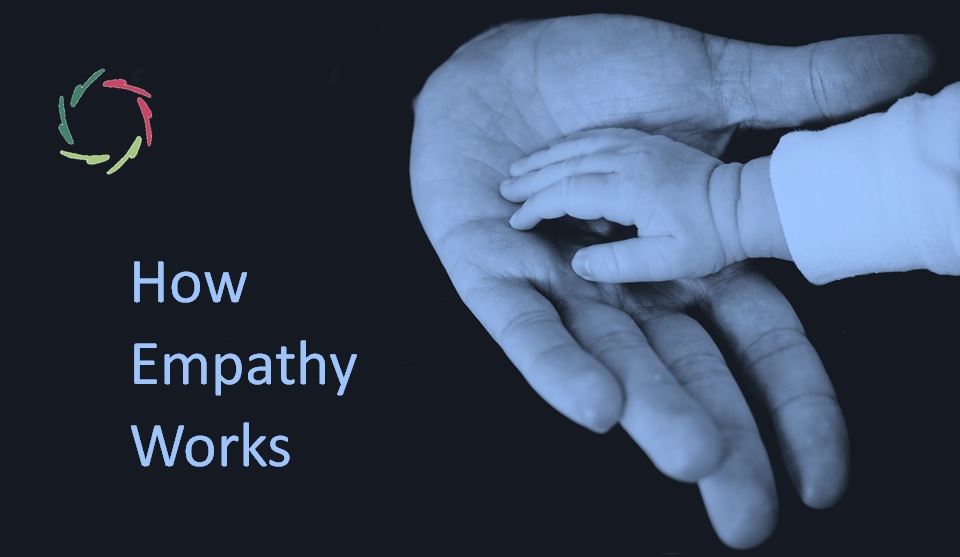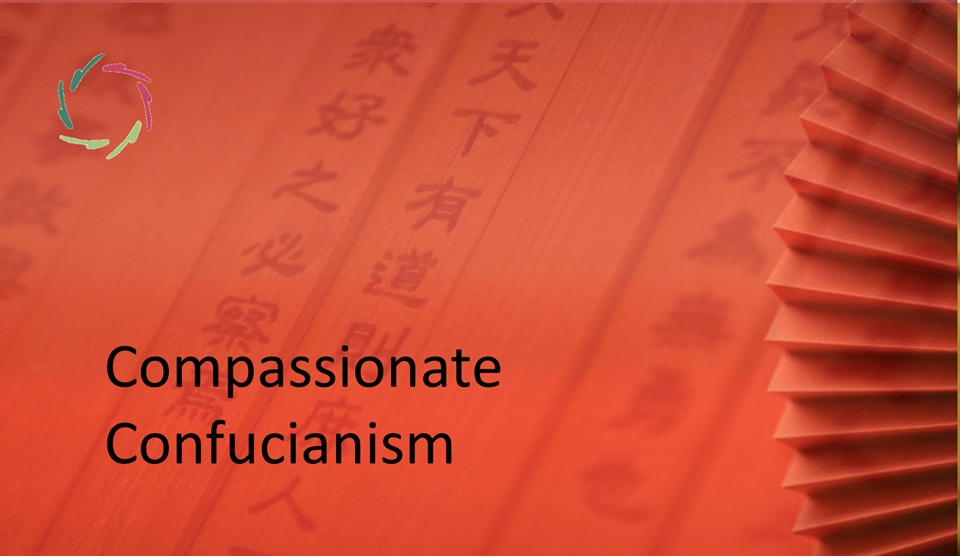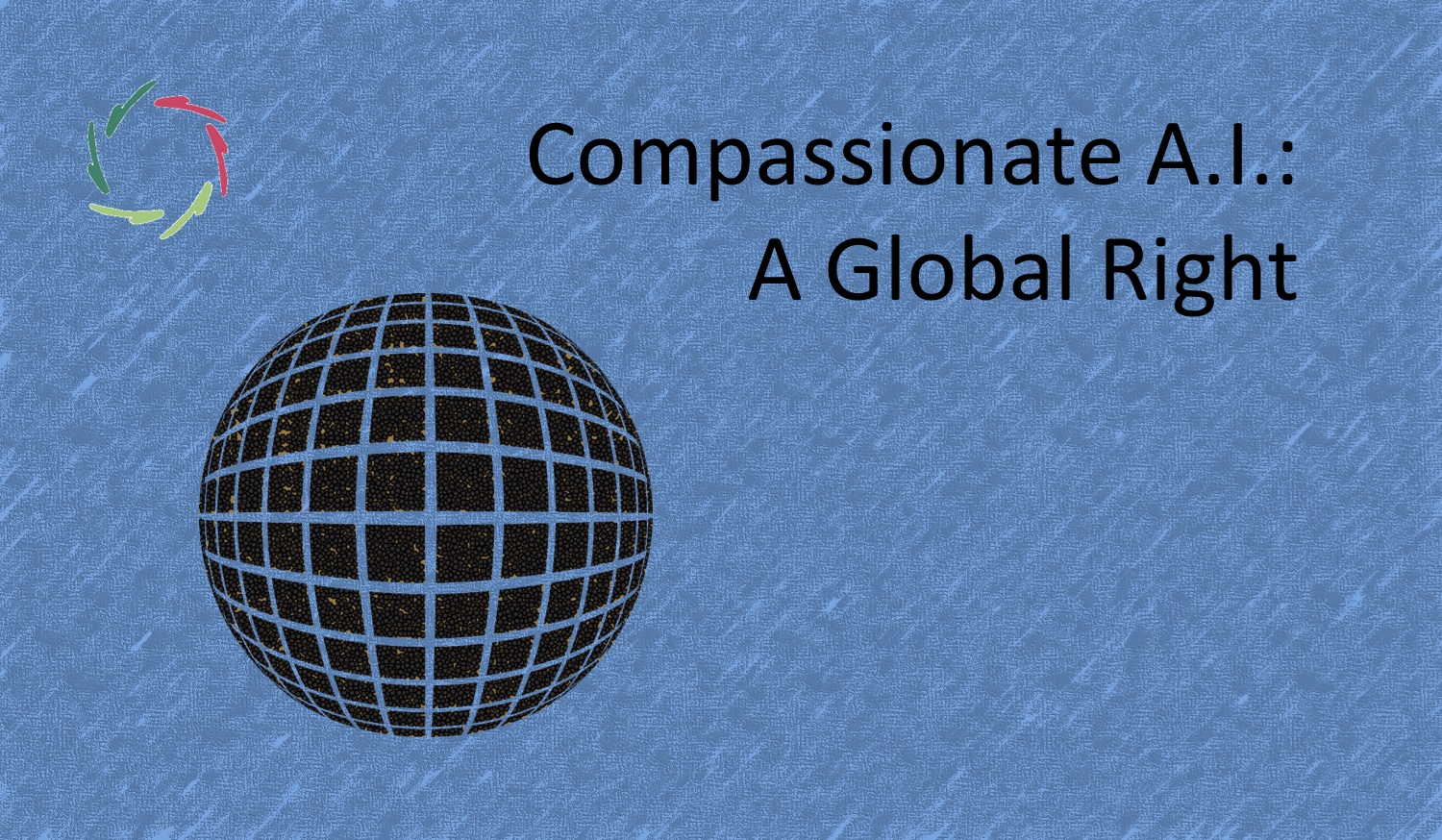How Empathy Works

This is an explanation at the mental-neuronal patterns level. Encompassing this, empathy goes beyond the purely conceptual, towards ‘big-c-Compassion.’
Please read [see: “Landscape of Empathy“], [see: “Essence of Compassion“]
This text is a high-level explanation
Being theoretical, it doesn’t delve into the how of making empathy work better depending on the goal. It does show why I have developed a specific path towards AURELIS coaching that is, in my view, most congruent with how empathy works. [see: “Growing towards AURELIS Coach“]
Moreover, being based on neurocognitive insights brings empathy into the realm of science and ‘fundamental reality.’ [see: “Fundamental Reality in Psychology“]
Overlap of mental-neuronal patterns
Please read [see: “Patterns in Neurophysiology“] and how they change [see: “Mental Patterns Change through Autosuggestion“], [see: “Mental Change: How it Works“]
Empathy can be seen as the direct result of our ‘mirror brain.’ [see: “From Mirror Neurons to Mirror Brain“] Thus, it is related to how the brain works, namely as a giant pattern recognizer. [see: “Your Mind-Brain, a Giant Pattern Recognizer“] We recognize patterns in others because they resonate with our own. This is ‘deep listening.’ [see: “Deep listening“]
This makes for an inter-personal kindling of subconceptual patterns, deep-to-deep.
Some quotes pointing into this direction:
- C.Keysers: “Neuroscience shows us that we connect not only through our thoughts, or because we make an effort to conceive ourselves enduring all the same torments that we enter as it were into [someone else’s] body, but through our brains’ proclivity to simply and spontaneously link the actions and emotions together, without requiring the intervention of conscious effort. The brain is hard wired to turn us into highly social and empathic animals.”
- J.Decety, W.Ickes: “The capacity for empathy in humans and their progenitor species developed over millions of years of evolutionary history, in ways that are only now becoming clear. Although it is impossible to travel back in time and observe these developments directly, the evidence for them is available in the neuroanatomical continuities and differences that can be observed across the phylogenetic spectrum.”
- C. Rogers: “I let myself go into the immediacy of the relationship where it is my total organism which takes over and is sensitive to the relationship, not simply my consciousness. I am not consciously responding in a planful or analytic way, but simply in an unreflective way to the other individual, my reaction being based (but not consciously) on my total organismic sensitivity to this other person. I live the relationship on this basis. May 1958 Contributions to existential therapy.”
- R.S.Nickerson, S.F.Butler, M.Carlin : “Much of the common ground that plays a critical role in communication – whether by shaping utterances, as the audience-design hypothesis contends, or by correcting errors of comprehension, as the monitoring-and-adjustment hypothesis claims – is tacit and probably not even consciously recognized as instrumental unless brought to one’s attention.”
The neurophysiological basis also clarifies the health-relatedness:
- H.Riess: “Evidence supports the physiological benefits of empathic relationships, including better immune function, shorter post-surgery hospital stays, fewer asthma attacks, stronger placebo response, and shorter duration of colds.”
Conscious comprehension of all the details while doing is not needed.
Even more, it would be impossible. We can be conscious of only a few elements at the same time. The subconceptual level is about millions of elements in a continually dynamic flow.
Therefore, trying to grasp the entire empathic happening while doing can even substantially detract the doing itself ― or make it quite impossible, depending on how.
This way, we are ‘instruments of Compassion’ from the start.
But we still have to realize this individually. We all have the means. The ‘coach as instrument’ doesn’t make the coach into an alien. It makes the coach more himself, naturally. [see: “Is a Good Coach Makeable?“]
Can one also say ‘into a better human being’? With caution, this may be the point itself of helping others.
Common factors in therapy: many into one
Many common factors can be discerned. I tend to divide them into two categories. [see: “Non-Specific Factors of Therapy“] In this division, placebo gets the side of what, in my view, should not be specifically enhanced. [see: “Placebo Without Deception?“]
B.Wampold [6] enumerates common factors that achieve a ‘moderate’ .5 effect size in psychotherapy:
- Goal consensus/collaboration (working together on agreed-upon goals)
- Empathy
- Positive Alliance
- Positive regard/affirmation
- Congruence/genuineness (personal and interpersonal appeal and communication skills)
I see all these as characteristics (or natural consequences) of a broad concept that one can rightfully refer to as ’empathy’ in the sense of the present text.
Pushing the envelope towards the subconceptual, I speak of empathy-beyond. [see RG: “Empathy Beyond the Conceptual Level”] We enter the domain of Compassion. [see: “Only Compassion Works“]
Evolutionary
We can see the course of empathy within mammalian evolution, starting with mother-child overlap. This is frequently described as a symbiosis of mother and child ― not forgetting the father.
We can also see this in the brain, not as a brand new ’empathic brain area’ but in an ACE (Adopt-Combine-Enhance) mode, a reorganization of what is already present towards new possibilities, as one can also see towards language, for instance.
Of course, on top of this, language is an exquisite instrument towards human Compassion.
Importantly, in all of this, one can see Compassion not as an add-on but the basis of many things person-related and species-related. This way, I see it also as the basis of morality. [see: “From Me to Morality“]
A reason why personal growth is important
Please read [see “No Compassion without Growth“]
It is ‘growing your patterns’ so that you can better overlap with others while keeping – or even very much enhancing – the feeling of free will. [see: “In Defense of Free Will“]
This accords entirely with the Buddhist (Mahayana) ideal of the bodhisattva. They – and I – also see meditation as one element in what they call the ‘way towards Enlightenment.’
OK. One doesn’t need to be ‘Enlightened’ to be a good coach. Might it help 😉?
What about Lisa?
I call Lisa ‘Compassionate A.I.’ not because ‘she’ has or ever will have human Compassion. [see: “Lisa“] That will always be made clear. However, ‘Compassion’ is an abstract concept, broader than the human case, or even life on earth.
Lisa is (being) built on PRC (Pattern Recognition and Completion) and the power of a predictive brain. [see: “The Brain as a Predictor“], [see: “The Future is Prediction“] That gives her the ability to act in a way that invites the user’s self-Compassion. This can relieve the user’s suffering and kindle growth, meeting the dual goal of Compassion. [see: “Two-Sided Compassion“]
I hope for a substantial positive impact upon many, including you.
Moreover, with Lisa, we have a tool for science about what works in empathy/Compassion in real life and on many domains.
References
[1] Christian Keysers The Empathic Brain. Social Brain Press, 2011: 248, p.117]
[2] Jean Decety, William Ickes (eds) The Social Neuroscience of Empathy. The MIT Press, Cambridge Massachusetts, 2011, p. VII
[3] Carl Ransom Rogers, On Becoming a Person. London, Constable, 1961, p.202
[4] Rayond S. Nickerson, Sucsan F. Butler, Michael Carlin “Empathy in Knowledge projection” in Jean Decety, William Ickes (eds) The Social Neuroscience of Empathy. The MIT Press, Cambridge Massachusett, 2011, p.52
[5] Helen Riess “Empathy in Medicine—A Neurobiological Perspective” JAMA. 2010;304(14):1604-1605
[6] Bruce E. Wampold. How important are the common factors in psychotherapy? An update. World Psychiatry. 2015 Oct; 14(3): 270–277.


